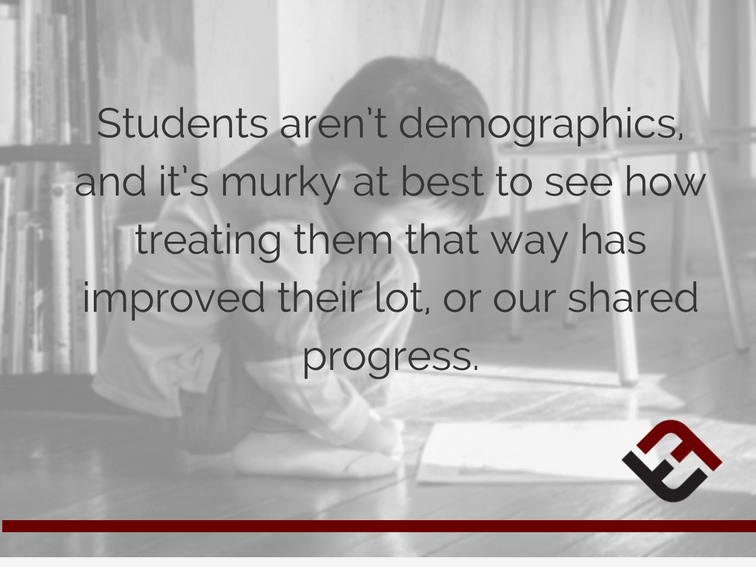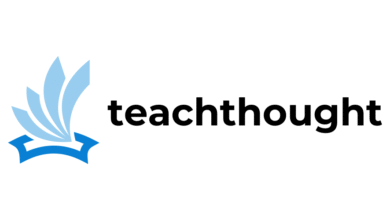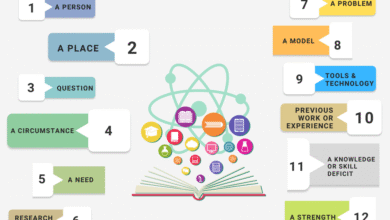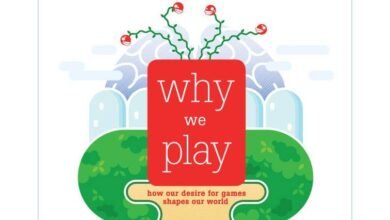A New Definition For Equity In Education



by Terry Heick
In a profession increasingly full of angst and positioning and corrective policy, there are few ideas as easy to get behind as equity.
Equal. Equality. Equity. Equilibrium. Equate. These are all fine ideas—each tidy and whole, implying their own kind of justice while connotating the precision of mathematics. Level. Same. Twin. Each word has its own nuance, but one characteristic they share in common is access—a level, shared area with open pathways that are equidistant to mutually agreed-upon currencies.
When discussing equity, there are so many convenient handles–race, gender, language, poverty, access to technology, but there may be a larger view that we’re missing when we do so.
Equity is the idea and goal of fairness and inclusion to provide all students with the resources, opportunities, and support they need to succeed, regardless of their background, abilities, or socioeconomic status. Unlike equality, which treats everyone the same, equity recognizes that students come from diverse circumstances and may require different approaches and resources to achieve similar outcomes.
The Scale of Equity
There isn’t a more global issue—equity being perhaps the global issue of our time. United Nation statistics published last year in The Economist put it plainly. While progress is being made in sub-Saharan Africa in primary education, gender inequality is in fact widening among older children. The ratio of girls enrolled in primary school rose from 85 to 93 per 100 boys between 1999 and 2010, whereas it fell from 83 to 82 and from 67 to 63 at the secondary and tertiary levels. And elsewhere, in Chad and the Central African Republic, there is a flat-rate of less than 70 girls for every 100 boys.”
This is a starkly different conversation about equity than the one we might have in the United States, the UK, Canada, or Australia. We have the luxury of becoming choosier, and harsher on ourselves, as progress is made, i.e., let’s first make sure there are free, quality schools everywhere, and that children can all read and write, and then at some point down the line we can concern ourselves with iPads vs Androids, or the broadband access in our poorest communities.
It’s easy to miss the scale of this as an ‘issue’ because unlike assessment, curriculum, teacher pay, class sizes, educational technology, or any other persistently evergreen edu-choke point, equity never stops affecting. It’s both the center and periphery of everything because we’re always who we are, where we are.
The Cultural Effect
As a species, we express ourselves through differences. What makes ‘culture’ interesting is how it both recognizes the individual while simultaneously allowing them to disappear into the whole again. In culture, there is both identity and anonymity. There is a constant self–>group transaction that is based on both affection (inward expression) and image (outward expression). This transaction is then repeated across cultures, with completely different functions. Differences within and across cultures are differences nonetheless, but the individual can think while groups simply gather.
So this is a brutally narrow take on how people gather and cohort and manifest their vision of what it means to be human, but the point remains: As educators, we suffer that same reductionism when we see the masses the same way Nielsen does television ratings. Students aren’t demographics, and it’s murky at best to see how treating them that way has improved their lot or our shared progress.
While squinting and trying to narrow gaps, it’s too easy to lose the scale and product of our work. The segmenting of Mackenzie and Andrew into a group, and that group into a subgroup, and their understanding into data, and the knowledge we hope they come away with into standards we can teach with—this all becomes a tone—a posture dictates the terms of teaching and learning. Equity in the classroom is different than in the job market.
A subcorollary is that we all share equity and inequity, both in possession and effect. In “The Hidden Wound,” Wendell Berry writes, “It may be the most significant irony in our history that racism, by dividing the two races, has made them not separate but in a fundamental way inseparable, not independent but dependent on each other, incomplete without each other, each needing desperately to understand and make use of the experience of the other…. we are one body, and the division between us is the disease of one body, not of two.” This is both abstract and practical. We share both living space and social membership.
Somehow, though, public education, more so than any other industry or profession, is expected to aggregate these inherent disparities while transcending them. Our task?
- Create a curriculum that provides a common language for knowledge without homogenizing the nuance of that knowledge
- Design learning models that are inherently inclusive regardless of access to technology
- Establish authentic functions for family members and communities who may speak a completely different language
As individuals, we work to separate ourselves—as children, often based on image, and as adults, often based on income, where we choose to live, what we drive, the smartphone we carry, and what we choose to do “for a living.” But each of these expressions of who we are–gender, native language, race, sexuality, socioeconomic level, and so many others–are also opportunities for disparity all work to undermine the function of education.
It’s easy to see equity in education as a matter of fairness, access, and inclusion, but that’s only the case if what’s being fairly accessed is a system of teaching and learning that is able to meet the needs of an increasingly global population—that means fluid, responsive, dynamic, neutral, and alive. For an industry that struggles to get every student reading on grade level, this may be a bit much. My gut reaction, then, is that this can only occur through the affectionate expression of the local—this student in this home in this community, with the school functioning as an extraordinary support system.
The equity is at the student level rather than the demographic level because demographics only exist in paperwork. For every student, there is commonness and there is difference; there is what’s shared (i.e., student needing knowledge), and there is distinction (e.g., poor, rural, white, black, male, female). This never stops. We can revise our schools, curriculum, pedagogy, and technology until it is inclusive, fair, and accessible to every student, but that’s been an ongoing effort that may represent a kind of basement for our goals.
But why not consider something more ambitious? New thinking about the terms and definitions of gender emphasize both the characteristics and the fluidity of any culture. If we insist on standardizing content, maybe we can avoid standardizing education. How many different answers are there to, “Why learn?” Fantastic! Let’s iterate ourselves until we can honor that.
The work before us, then, may not be to level an academic playing field for which there is no straight, but rather to create new terms for why we learn, how, and where—and then change the expectation for what we do with what we know.
Simply guaranteeing access and inclusion into a body of content-based is no longer sufficient if our goals stretch beyond academic. A modern definition for equity in education may be less about equal, fair, or even, and more about personalization–a body of knowledge, habits, and networks that help each student realize their own perfectly unique potential.
As for a definition for equity in education? How about, “eye-level access to curriculum, education models, and learning spaces that depend entirely on the native interests, knowledge demands, and human affections of learners individually.”
Or more briefly, “a fully-realized system of learning that starts and ends with the humanity of each student.”
A New Definition For Equity In Education; adapted image attribution flickr user helpingting and skotit;
Source link





